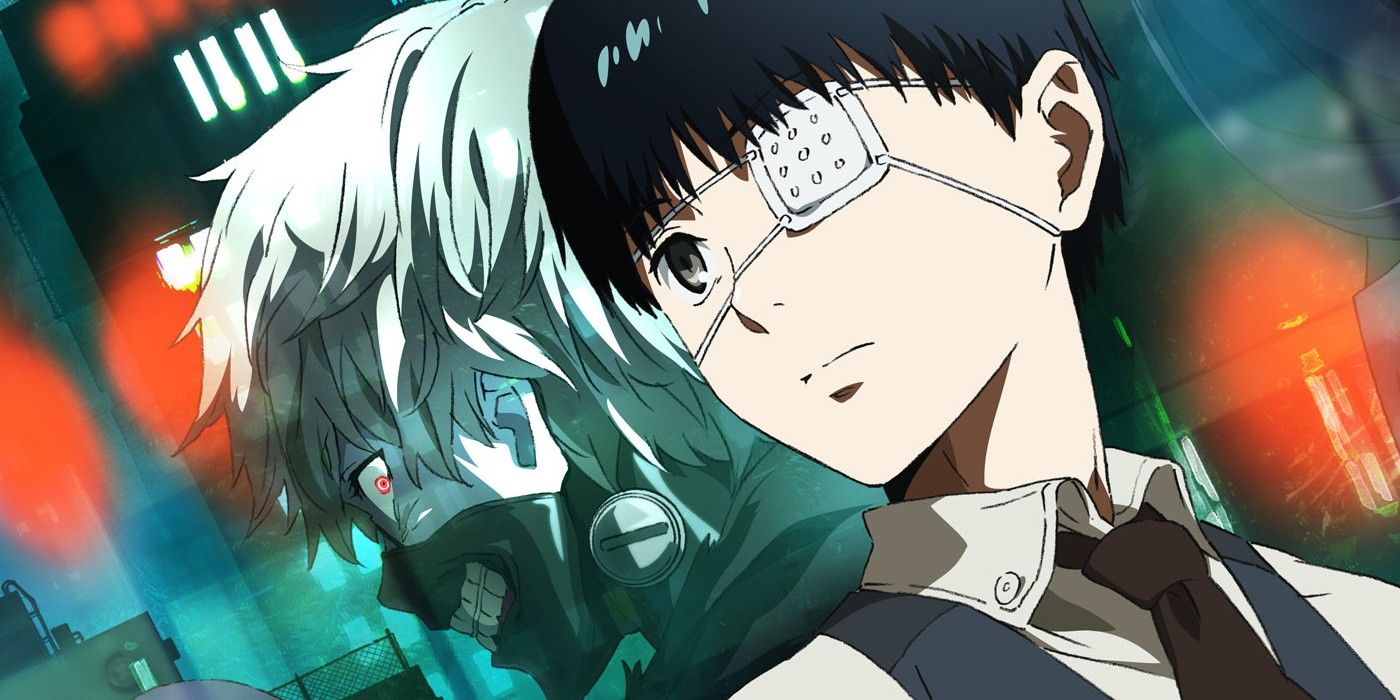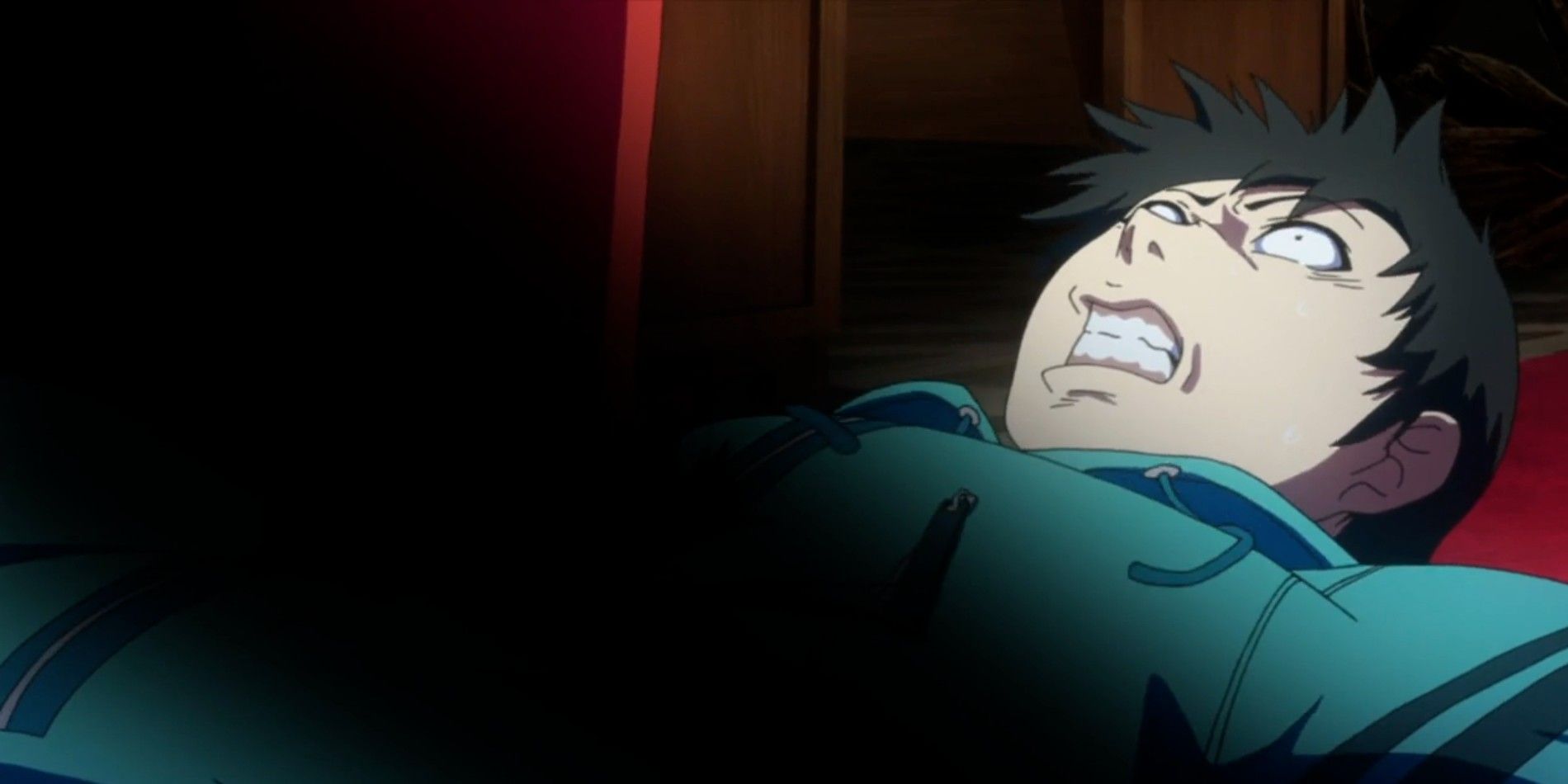Non-Japanese companies like 4kids have a history of taking the censorship of different anime series too far in order to make them more appropriate for a younger audience. For example, changing Sanji's cigarette to a lollipop in One Piece or switching an adult character's love from alcohol to fruit juice in Yu-Gi-Oh!. Though not nearly as ludicrous as this, censorship of anime continues to this day. Case in point, when streaming services like Netflix added Tokyo Ghoul, viewers noticed that it came with very noticeable edits to block out the goriest flesh-eating moments. Though it's easy for fans who grew up watching 4Kids' anime to assume that international licensors are to blame for such extreme measures, in this instance, it is actually Japan's doing.
Tokyo Ghoul is hardly a kid-friendly series. The supernatural horror is set in a world where vicious flesh-eating creatures called ghouls hide by living among humans, who are also their prey. Humans live in constant fear of these ghouls, who's only means of survival is by devouring human flesh. At the start of the story, an 18-year-old Kaneki Ken encounters a ghoul named Rize who tries to take his life on a first date gone wrong and is rushed to the hospital. An emergency surgery procedure inserts his attacker's ghoulish organs into his body to save his life, ultimately turning him into a half-ghoul. The rest of the series follows Kaneki as he tries to blend in with both the human and ghoul societies. With a graphic premise like this, it's a given that Tokyo Ghoul would feature guts and gore -- though clearly a lot more than distributors bargained for.
The problem with the censorship of Tokyo Ghoul specifically is how unmissable it is. Rather than subtly trimming scenes, it's done inelegantly through black bars, light filters and blurred sections to hide the offending details, which include ghastly wounds and carnivorous ghoul attacks. These added features sometimes take up more than half the screen, obscuring the viewer's ability to decipher what is happening in particular scenes. Some fans have argued that specific screencaps didn't need to be censored at all.
It's also interesting to note that not every graphic anime series gets this sort of treatment. For example, Attack on Titan is more or less censored depending on the streaming service it's on than it is in Japan, despite the extreme violence in it. Nevertheless, finding access to uncensored episodes of Attack on Titan isn't difficult.
While the scenes in question from Tokyo Ghoul were heavily censored when shown on international streaming sites, the networks obtained the censored version directly from Japan. Produced by Studio Pierrot and distributed on Tokyo MX, it supposedly went against local network restrictions regarding the depiction of violence on television. As a result, adjustments had to be made to adhere to those restrictions and this version of the anime was passed on to streaming services and other overseas broadcasters, most likely to adhere to similar restrictions locally. This proved to be a justifiable precaution as the series was banned entirely in China, in part, due to its graphic violence.
Although the uncensored version did eventually stream on Crunchyroll, it's still not an anime that can be easily accessed everywhere without this harsh censorship. Consequentially, this only dulls the Tokyo Ghoul viewing experience for non-squeamish horror fans, arguably encouraging some to pirate the anime from illegal sites that provide the uncensored version with English subtitles. Providing both a digital censored and uncensored option legally and more widely might help with this, though having an uncensored version available for underage viewers might also cause concern.
Without that option, the best way fans unbothered by gore can watch Tokyo Ghoul might be the more traditional way: DVD and Blu-ray releases that don't use the broadcast version of the anime.



